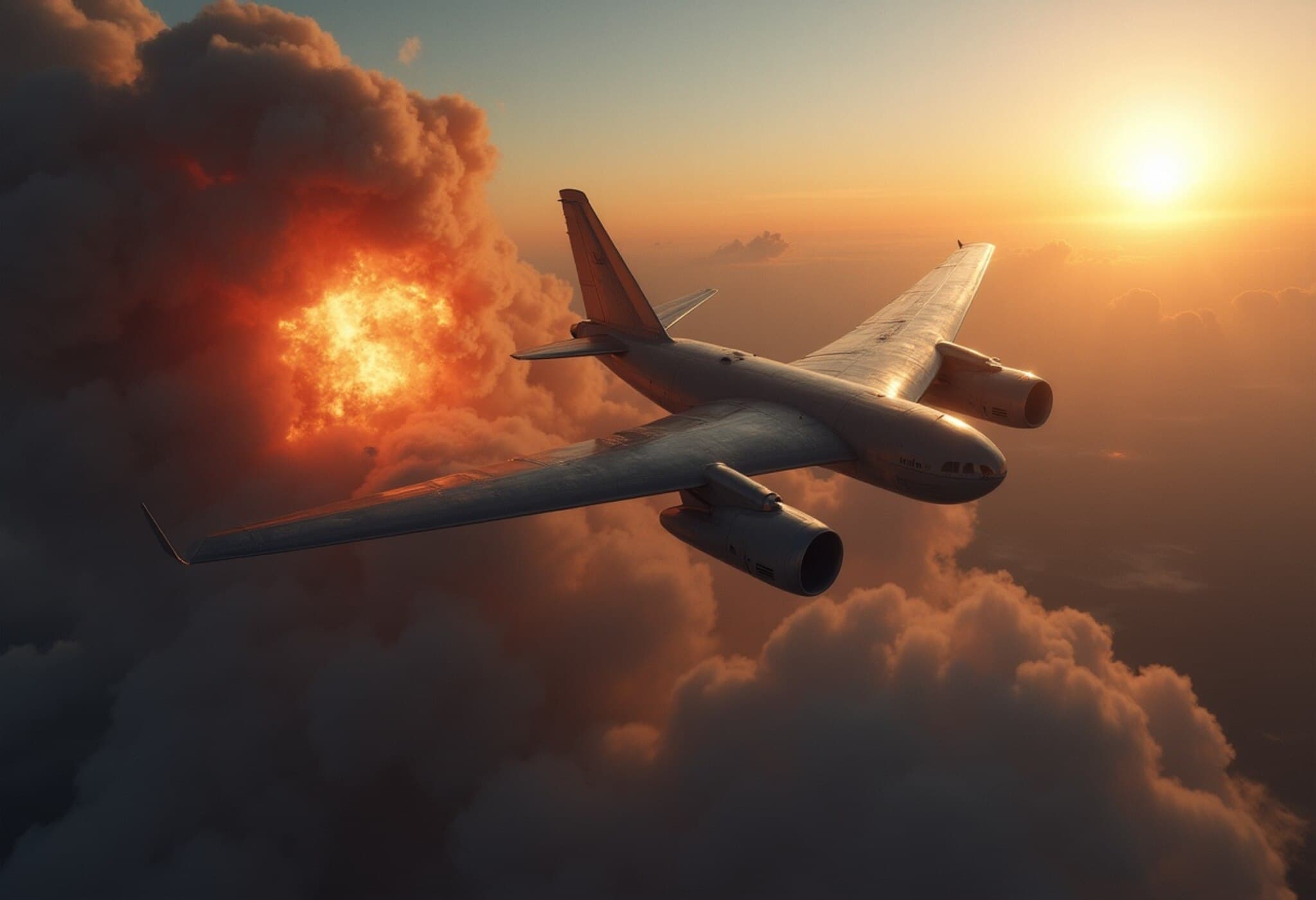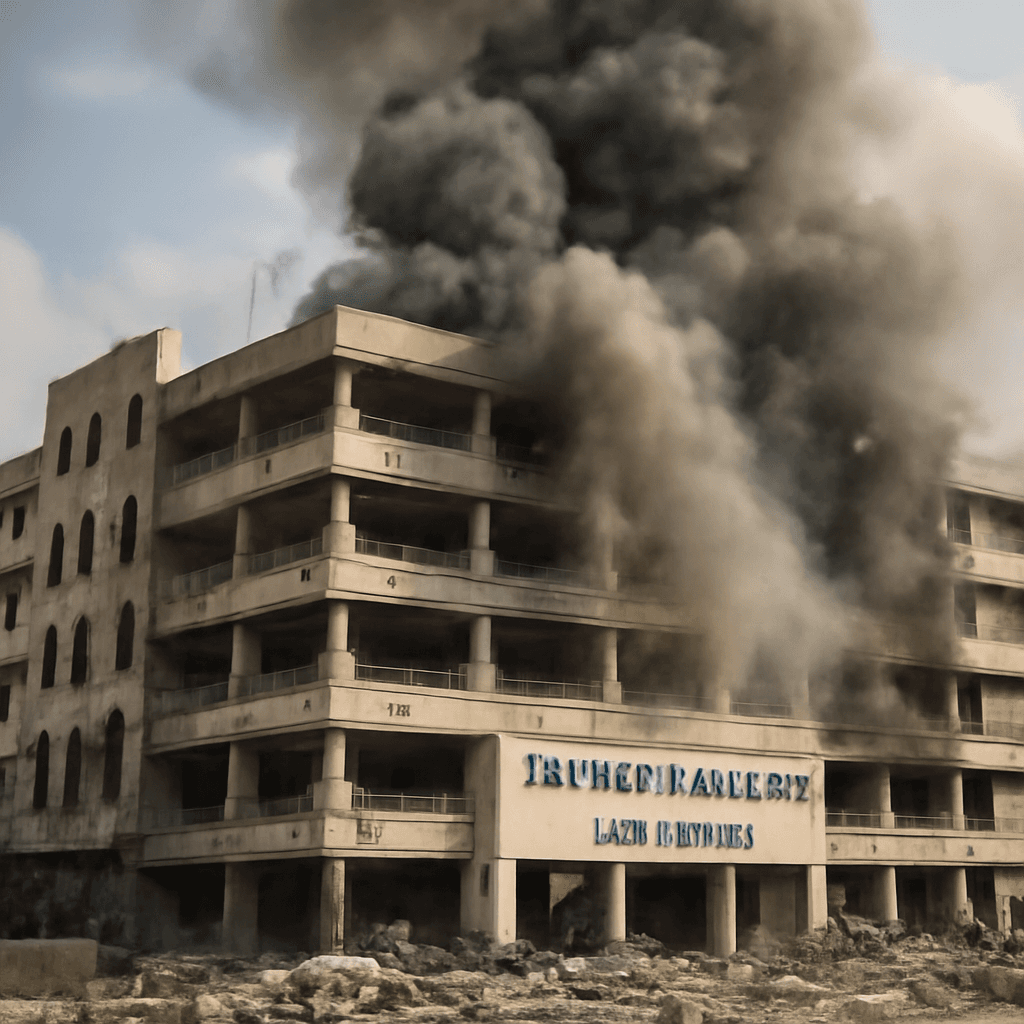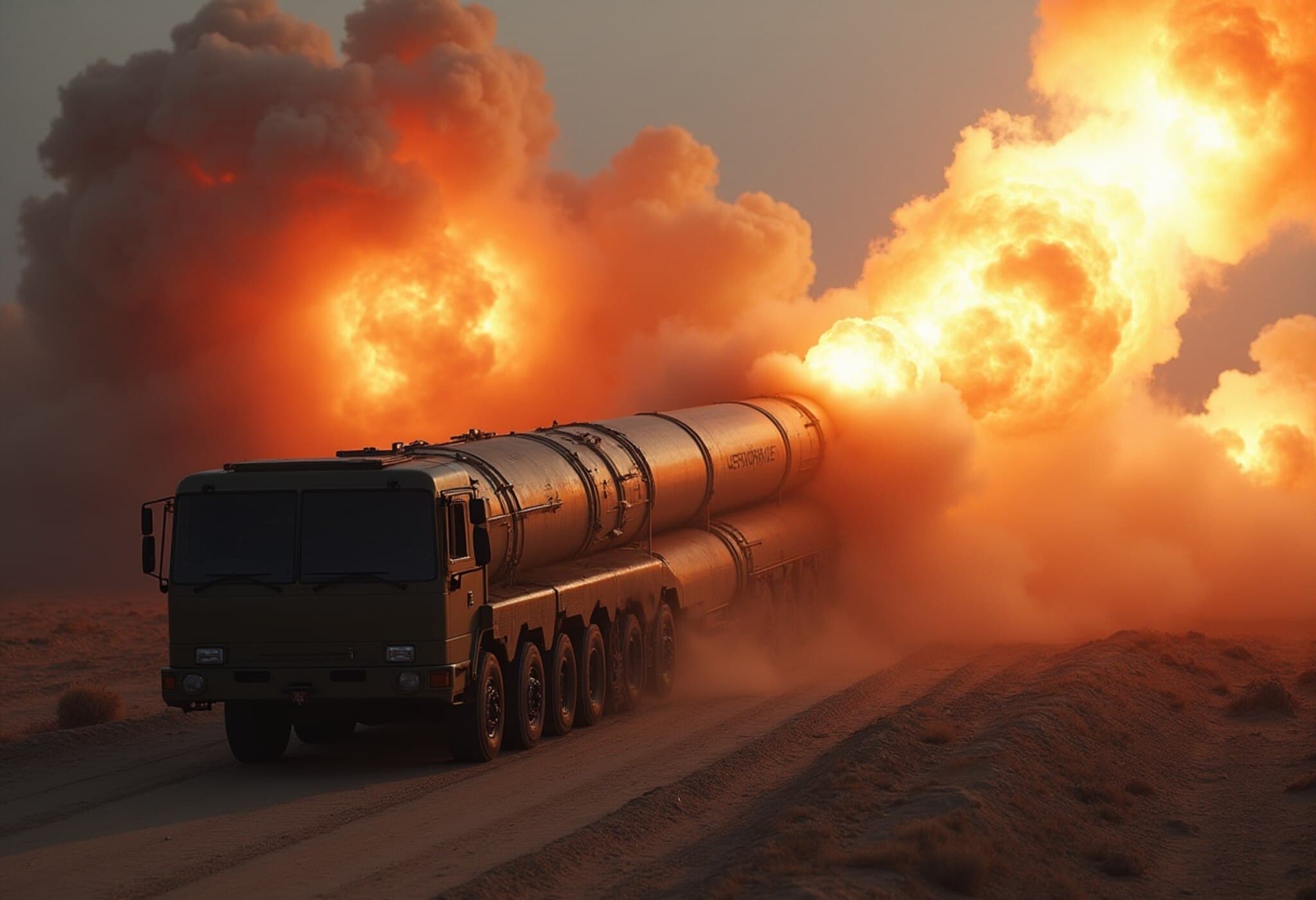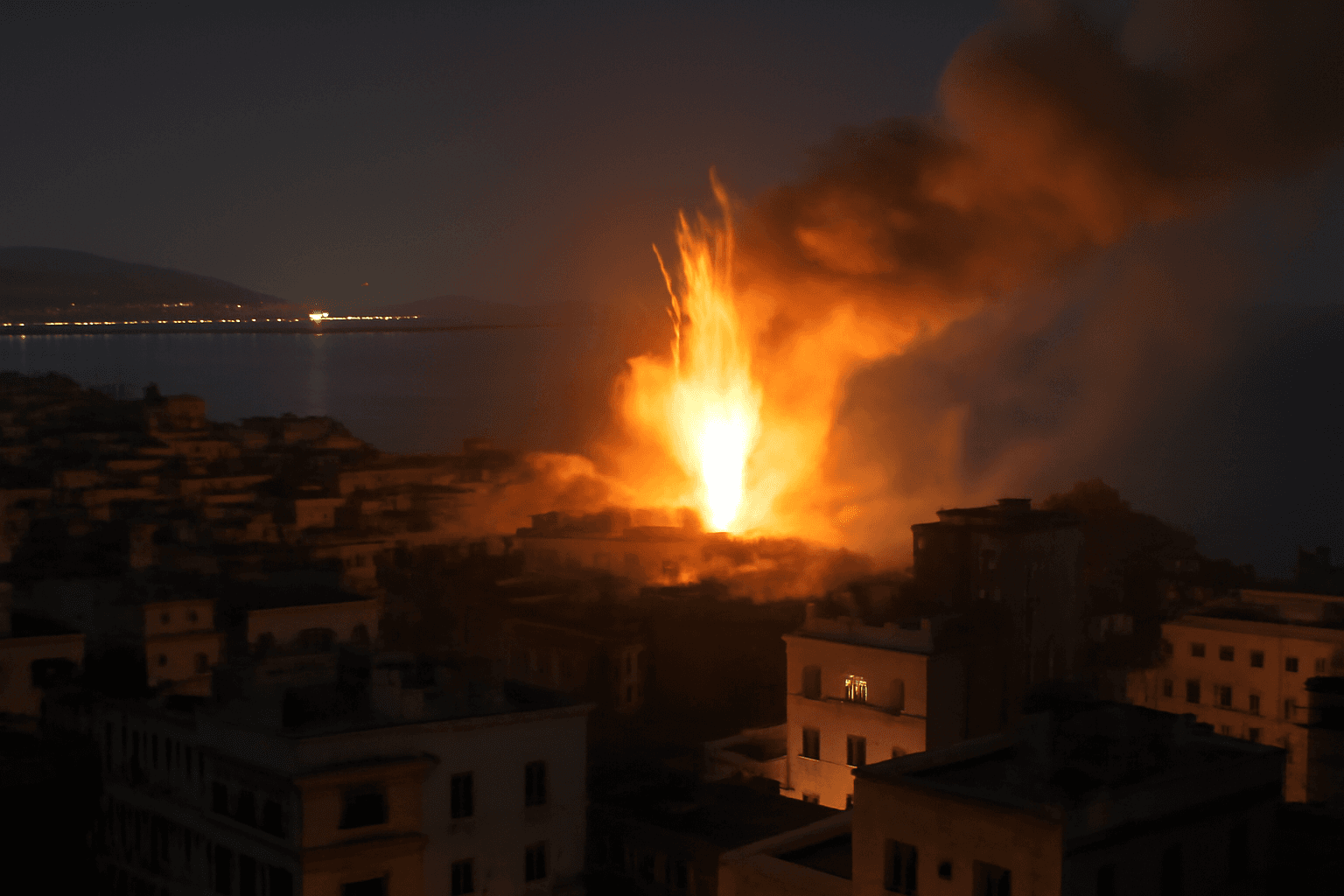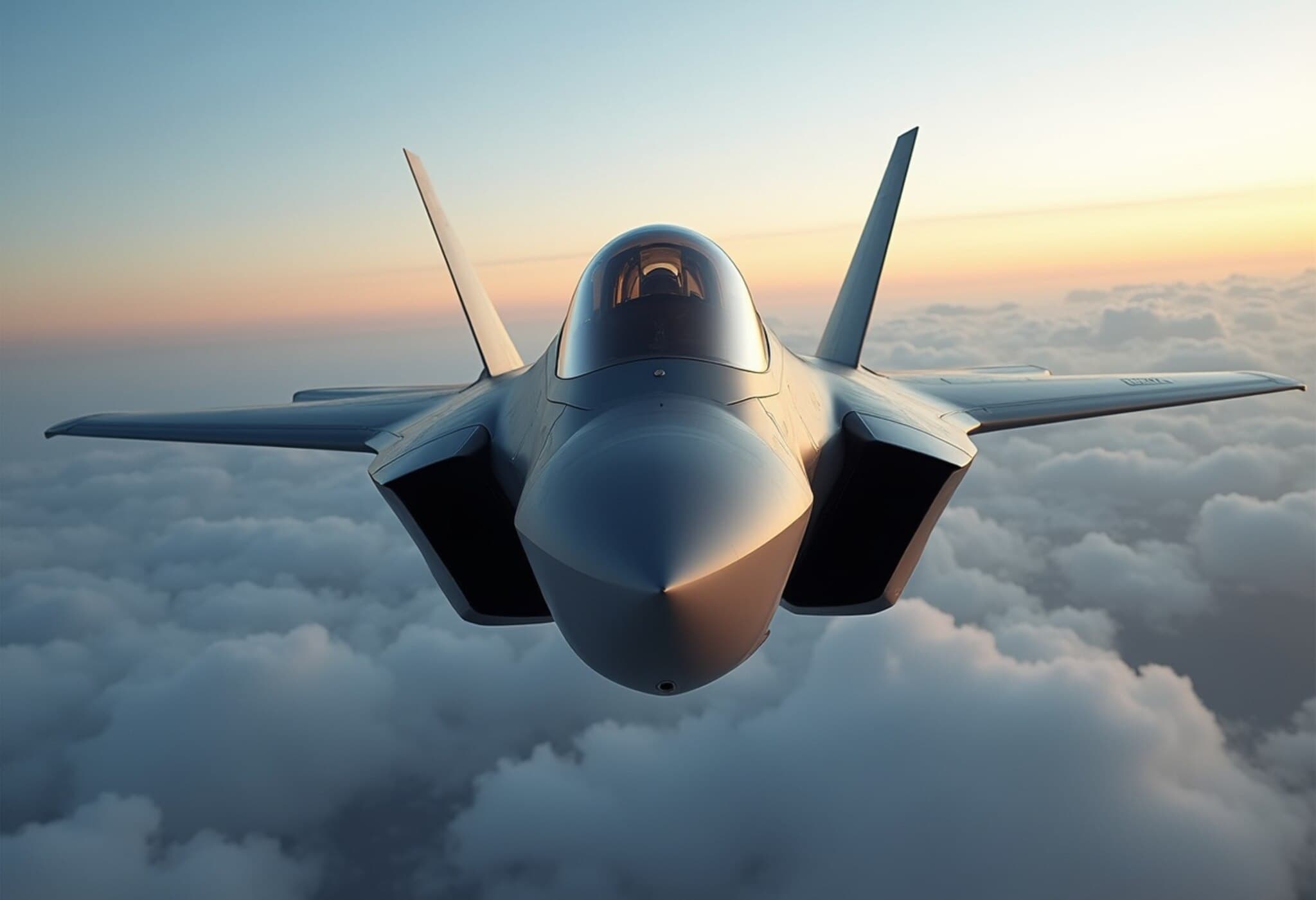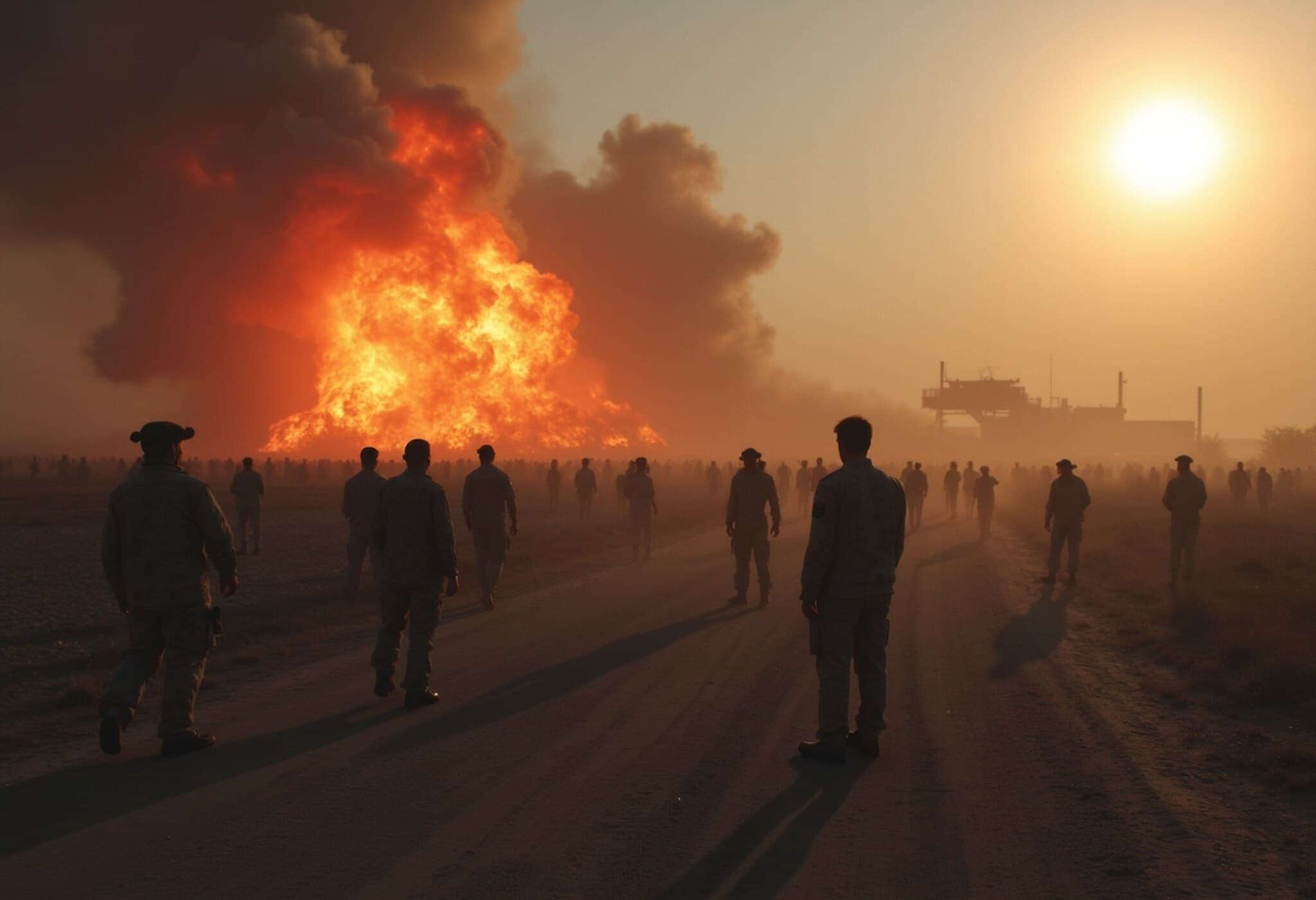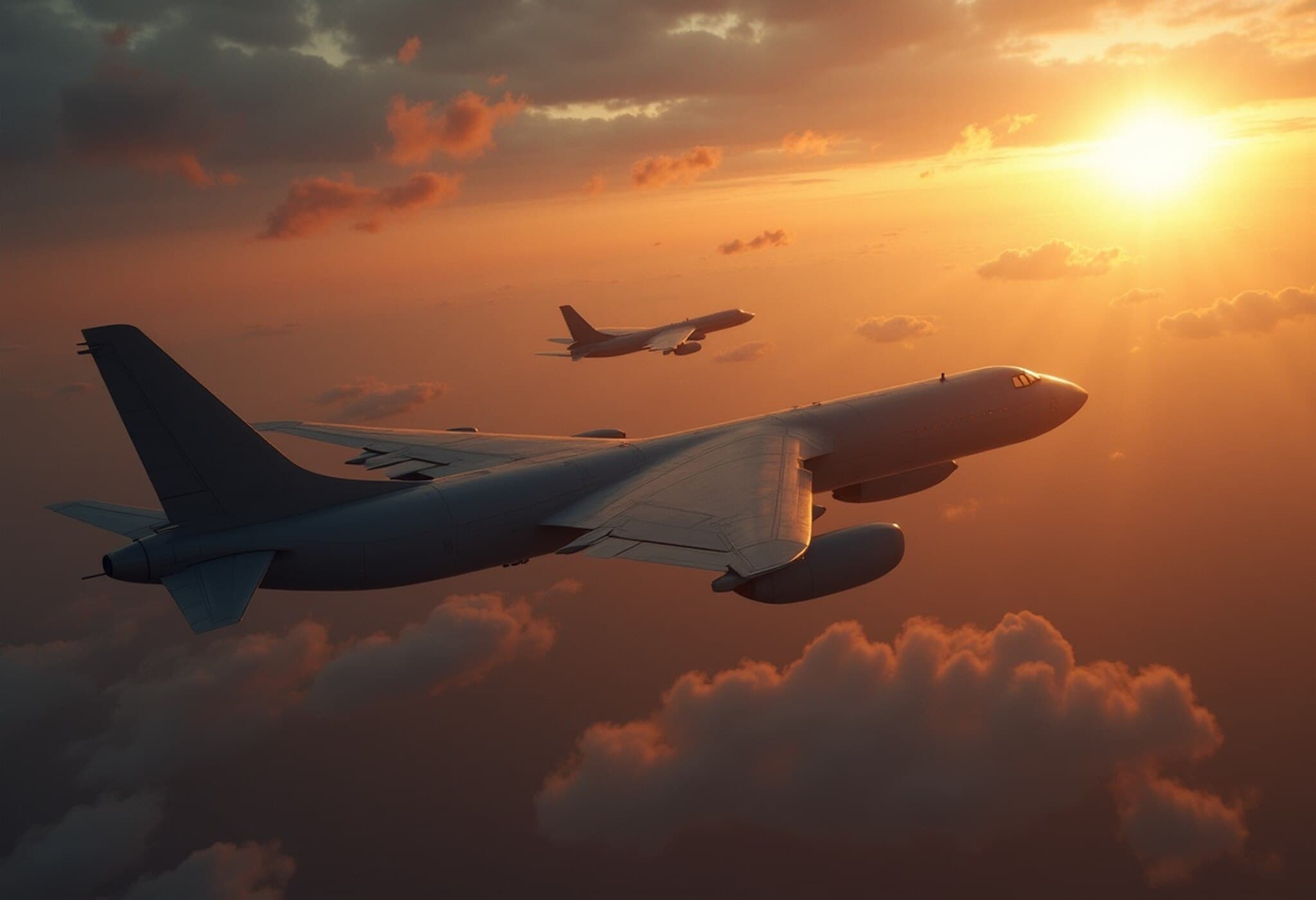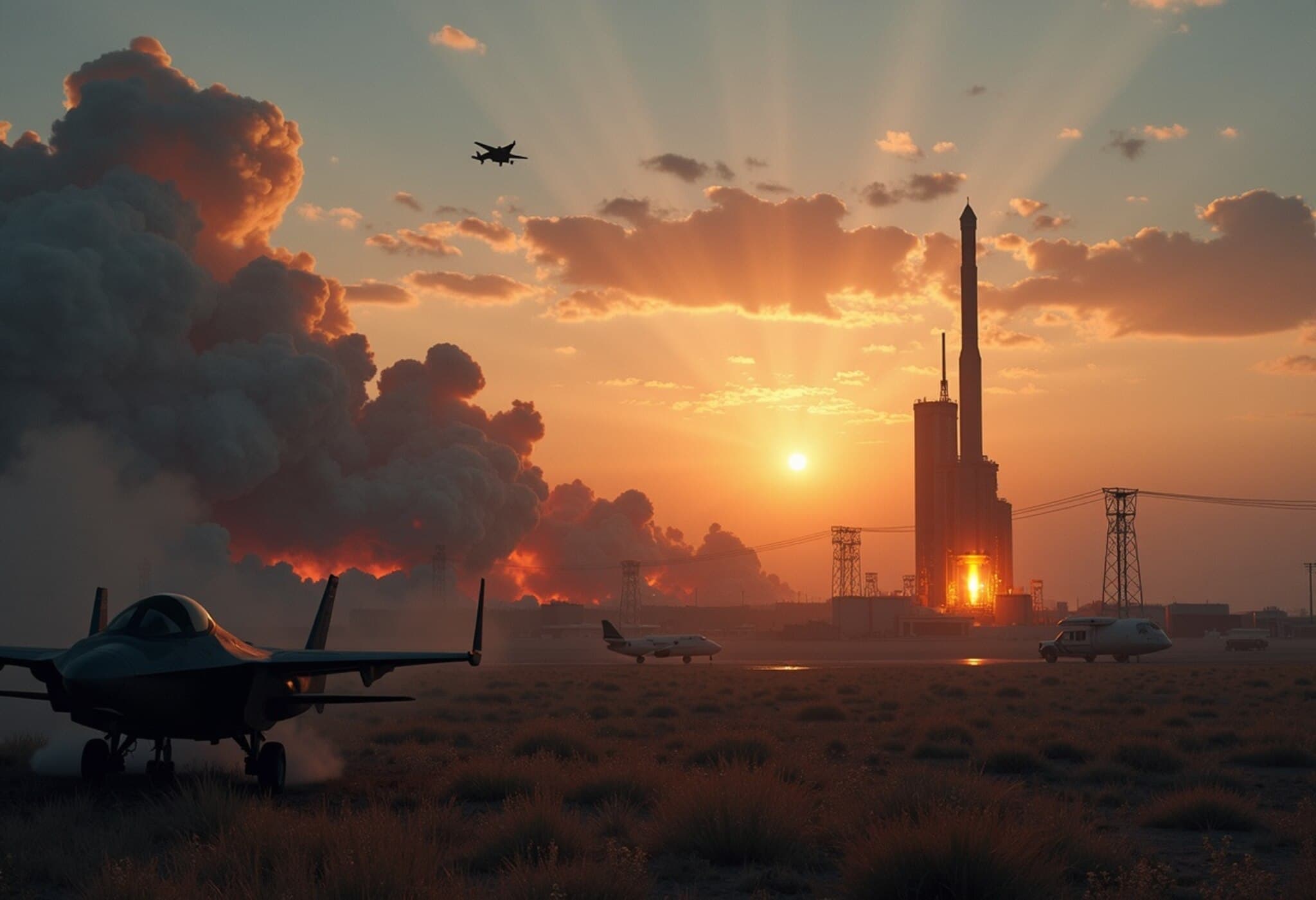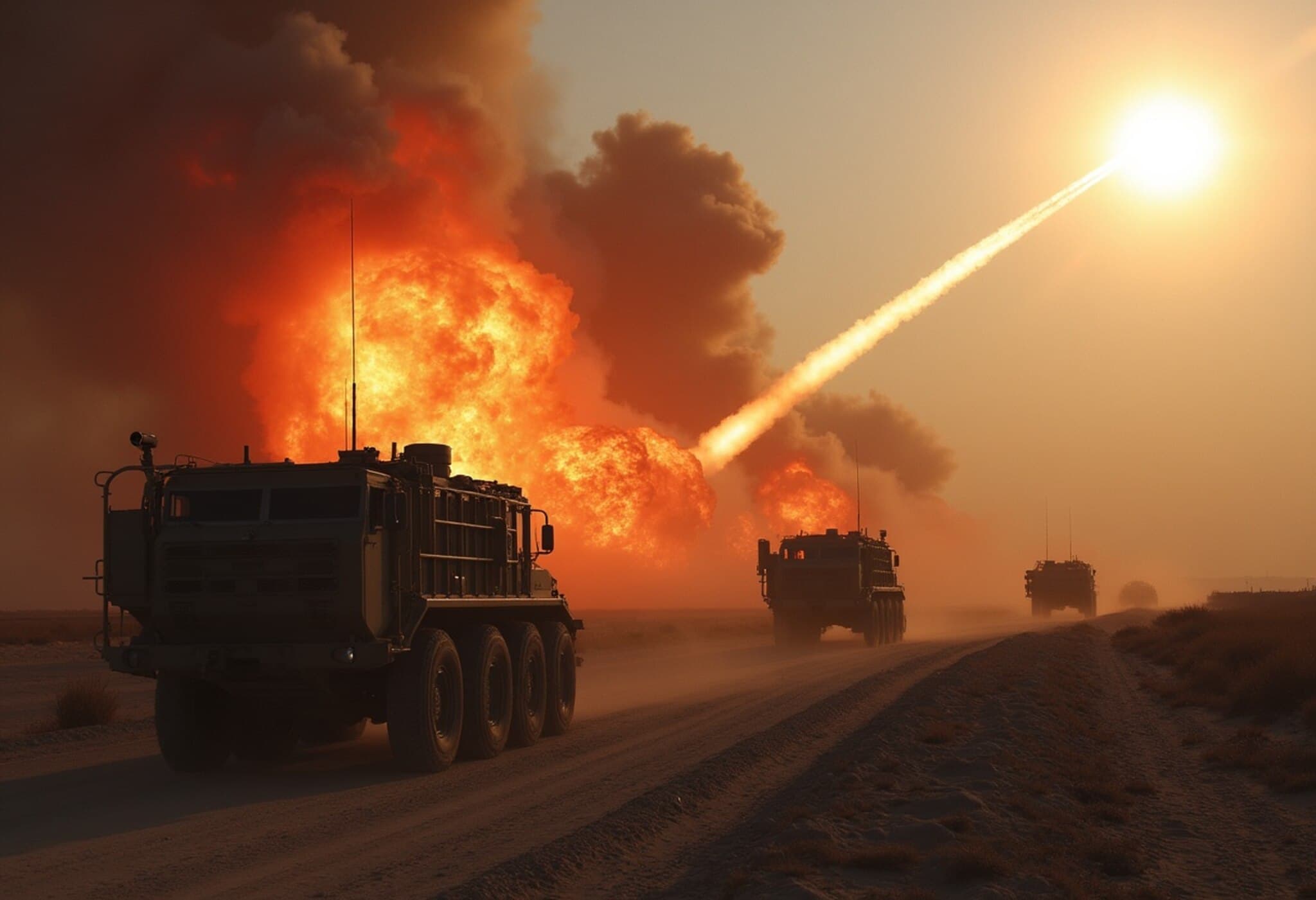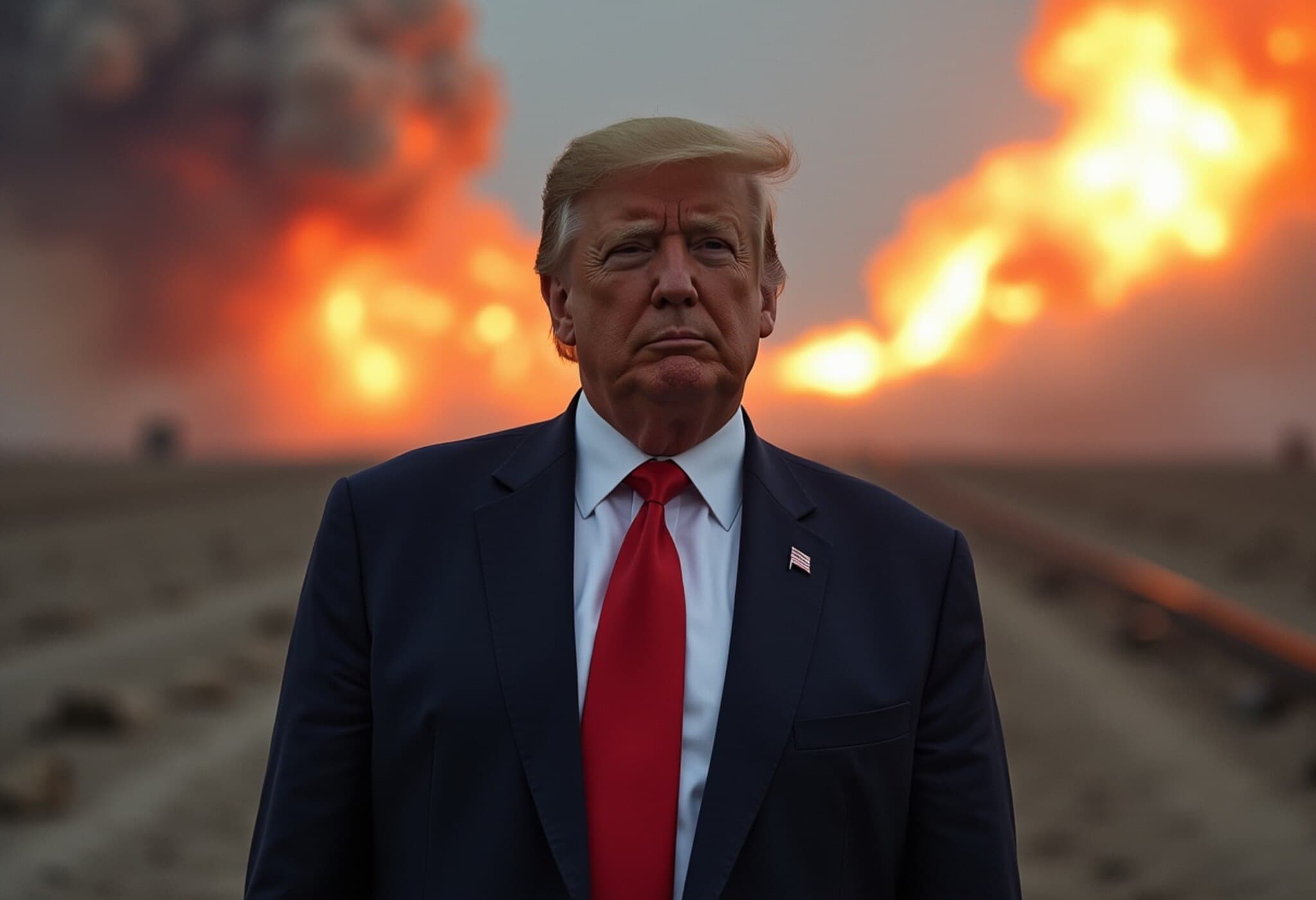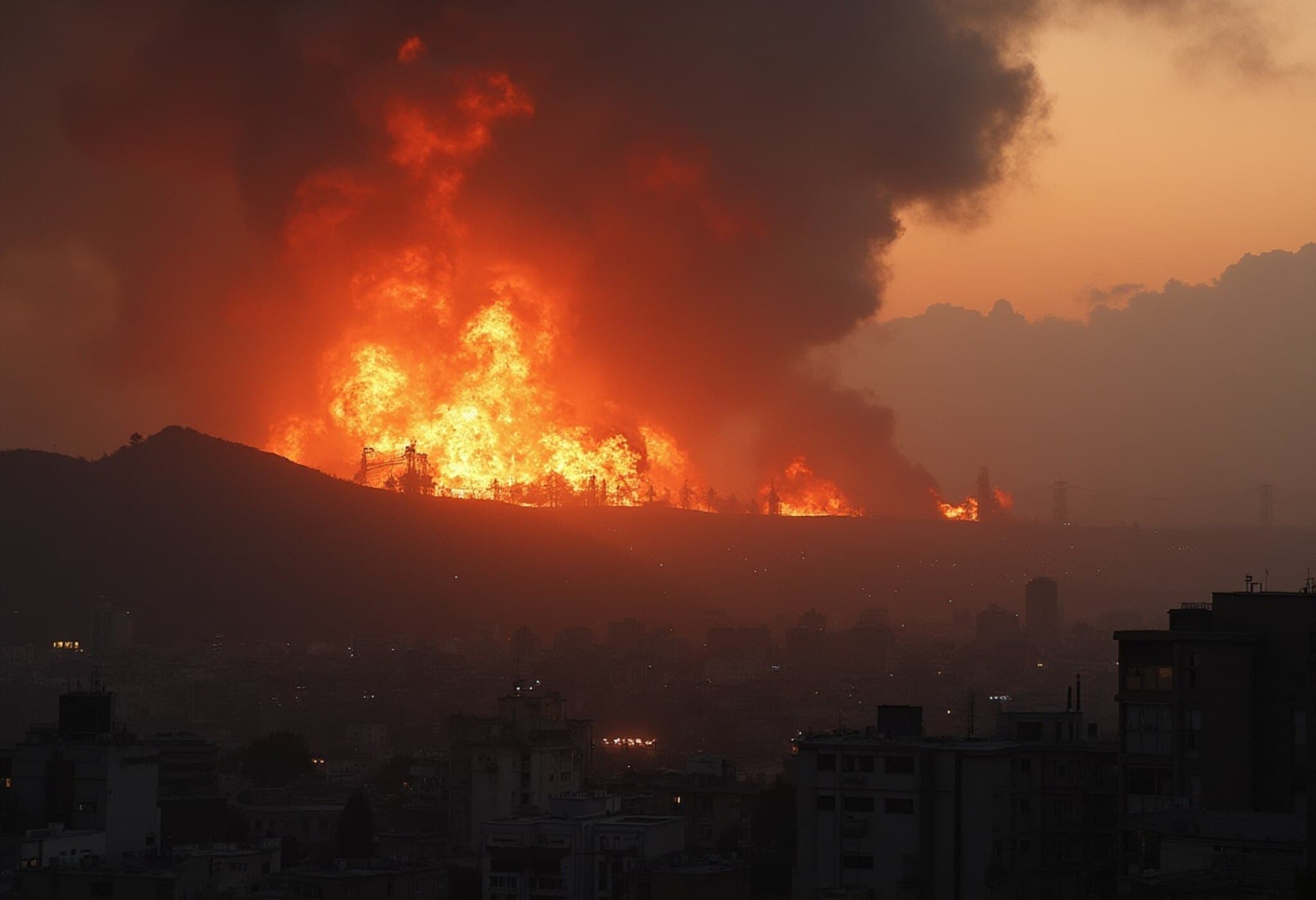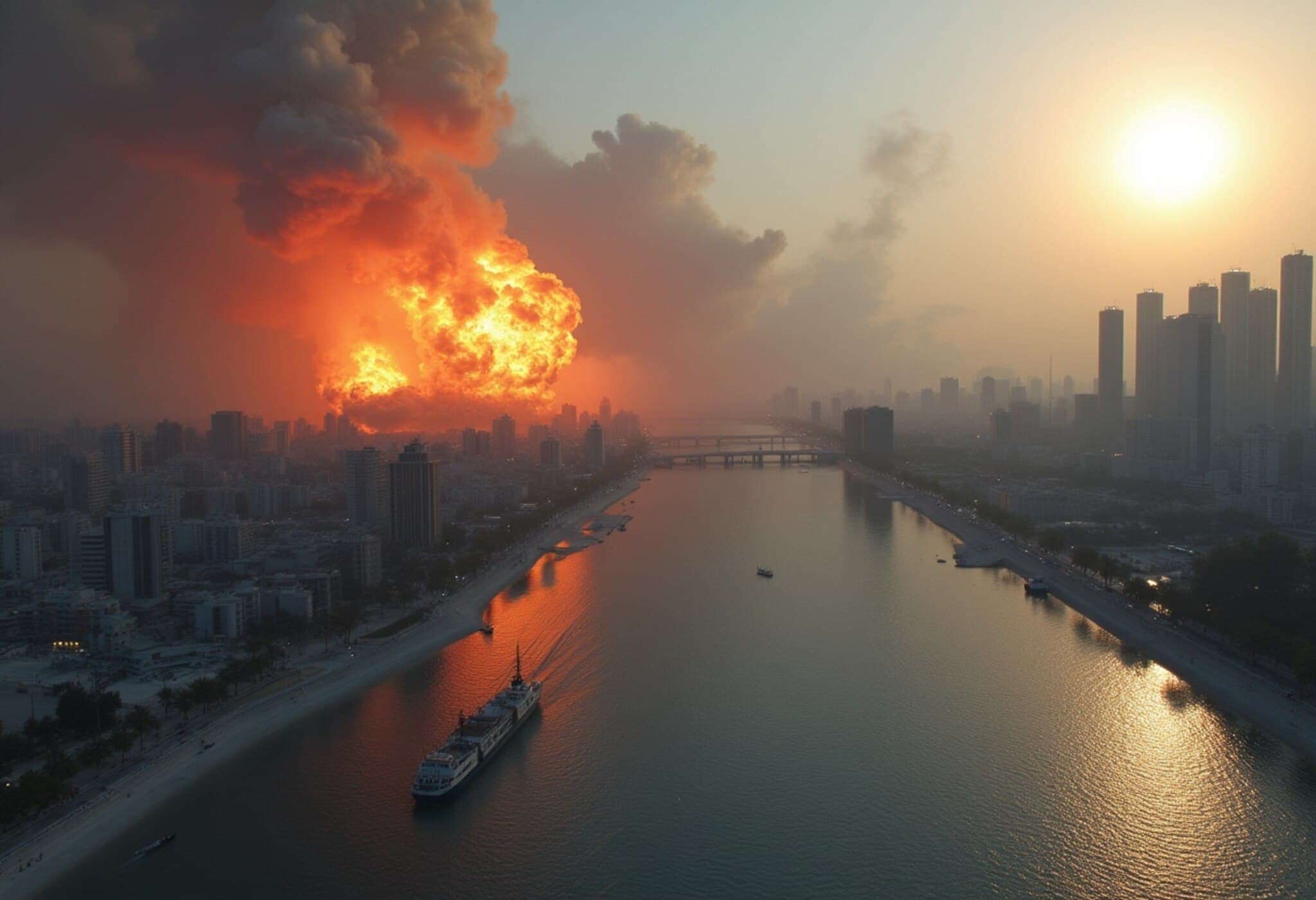Operation Midnight Hammer: A Historic US Military Strike
In a highly classified and meticulously executed mission, the United States launched a massive strike against three fortified nuclear sites in Iran. Known as Operation Midnight Hammer, this operation marked the largest B-2 Spirit bomber strike in US history and involved the second-longest B-2 mission ever flown—only surpassed by missions following the September 11 attacks.
Key Elements of the Operation
- Strategic Secrecy and Coordination
General Dan Caine, Chairman of the Joint Chiefs of Staff, emphasized the extreme secrecy surrounding the mission, with only a select few in Washington aware of its timing and details. The operation demanded flawless coordination and discipline from joint forces. - Decoys and Tactical Deception
At midnight on Friday, a seven-bomber B-2 strike package departed US soil. To maintain tactical surprise, part of the group took a deceptive route toward the Pacific Ocean, throwing off potential adversaries. This complex deception was known only to a handful of planners and key leaders. - Precision Aerial Maneuvers
The main strike force quietly advanced eastward, communicating minimally throughout the 18-hour flight. Multiple in-flight refuelings enabled the bombers to reach their targets. They then executed a synchronized rendezvous with escort and support aircraft over land, operating within a narrow airspace corridor with precision timing and limited communication. - Submarine-Launched Cruise Missiles
Just before the air assault entered Iranian airspace, a US submarine launched over two dozen Tomahawk land-attack cruise missiles targeting key surface infrastructure, adding a powerful multi-dimensional component to the strike. - Advanced Suppression and Air Support
As B-2 bombers neared the Fordow and Natanz facilities, high-speed suppression weapons and fighter jets performed preemptive strikes to nullify surface-to-air missile threats, ensuring the strike package’s safe passage. Remarkably, no Iranian missile or fighter fire was detected during the ingress or egress phases. - Precision Weapons Employed
The lead B-2 bomber dropped two GBU-57 Massive Ordnance Penetrator (MOP) bombs at Fordow around 2:10 a.m. Iran time. Along with other bombers, they delivered a total of 14 MOPs against two of the nuclear sites. Follow-up Tomahawk strikes targeted Isfahan’s nuclear infrastructure, keeping the operation’s timing undisclosed to adversaries.
Unprecedented Scale and Impact
This mission witnessed the first operational use of the GBU-57 MOP, the most powerful bunker-busting bomb in the US arsenal. With more than 75 precision-guided weapons deployed across the offensive, the preliminary battle damage assessments suggest extensive destruction at all three targeted sites.
More than 125 US aircraft participated in the operation, underscoring its scale and complexity. General Caine highlighted the joint force’s unmatched ability to synchronize multi-platform operations in contested airspace.
No Engagements Detected from Iranian Forces
Throughout Operation Midnight Hammer, Iranian fighter jets remained grounded and surface-to-air missile systems apparently failed to detect the incoming strike package. This silence allowed the US forces to execute the mission with full tactical surprise and without returned fire.
Conclusion
Operation Midnight Hammer not only demonstrated the precision and reach of modern US military capabilities but also set a new benchmark for stealth and joint force integration in high-risk environments. The operation has been hailed as a decisive strike against nuclear infrastructure, limiting Iran’s pathways to nuclear development while showcasing unparalleled military coordination.

